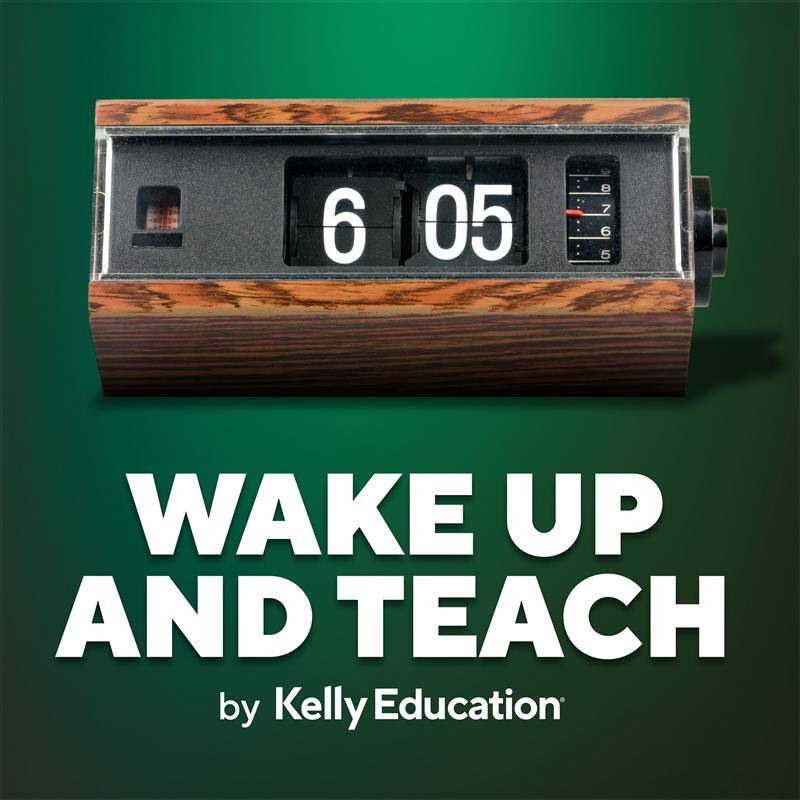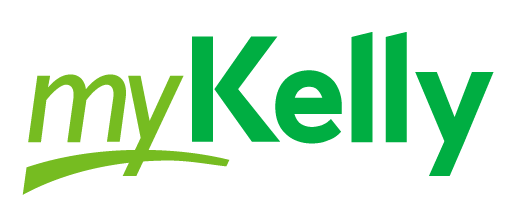Expanding the Education Workforce with Brent Maddin

2025-04-15 • 25 min
Episode 4: Expanding the Education Workforce
Wake Up and Teach
Play
The teaching profession is at a crossroads. With teacher shortages, increasing burnout, and a changing workforce, the traditional one-teacher, one-classroom model is struggling to meet the needs of today’s students. But what if we could rethink the way educators are structured within schools? What if substitutes, paraprofessionals, and industry professionals could be integrated into a dynamic, team-based approach to education?
In a recent conversation on Wake Up and Teach, Nicola Soares spoke with Brent Maddin, Executive Director of the Next Education Workforce at Arizona State University’s Mary Lou Fulton Teachers College, about reimagining the education workforce.
Beyond the Traditional Model
For decades, schools have operated under a rigid structure: one teacher, one classroom. This model, while deeply familiar, is not always effective – especially when educators are absent. “If you have someone who's absent, you have a crisis on your hands,” Maddin explained. But in team-based models, the absence of one educator doesn’t derail learning because multiple teachers share responsibility for students.
Imagine a classroom where a substitute isn’t left alone to manage a full class but instead becomes part of a collaborative team. Maddin highlights that substitutes bring diverse experiences – retired educators, business professionals, recent graduates – all of whom can contribute uniquely to student learning. “We have substitutes with whom we work who are retired educators … or they're members of business and industry, and have all sorts of deep and incredible expertise,” he shared. “When we acknowledge the strengths that people have on those teams … we're no longer expecting one person to be all things to all people at all times.”
New Career Pathways
Maddin also challenged the way we think about teacher credentials. Rather than expecting every educator to fit the same mold, he suggests a broader view, replacing the word “teacher” with “educator.”
“We don’t have a teacher shortage problem; we have a workforce design problem,” he asserted. Maddin shared a hypothetical: What if, instead of requiring four fully certified teachers for 100 students, we had a lead master teacher, a couple of certified teachers, and then other professionals filling new roles?
This shift would open doors for professionals with backgrounds in STEM, healthcare, and other fields to contribute to education in meaningful ways. For example, a former nurse or paramedic could teach science or health, enriching students’ experiences with real-world expertise. Schools could also create specialized roles like student success coordinators or career-connected learning facilitators – positions designed to support students’ academic and personal growth in targeted ways.
Breaking Down Systemic Barriers
Many educators assume that policy restrictions prevent these changes, but Maddin argued that much of the resistance comes from outdated mindsets rather than strict regulations. “Most of this is of our own creation,” he said. While some policies, like rigid class size ratios, may need adjustments, many schools could start making changes today within existing guidelines.
One significant hurdle is that school systems, including technology platforms, are hardwired for the traditional model. Attendance tracking, scheduling, and classroom management tools are all designed for one-teacher, one-classroom setups. But schools can push educational technology providers to create more flexible systems that support innovative staffing structures.
A Profession to Aspire To
A key takeaway from the discussion was the need to restore pride and enthusiasm for the teaching profession. Maddin pointed to a troubling statistic: only 37% of parents today say they would want their child to become a teacher. This declining interest signals the need for change.
His vision for the next five to ten years is clear: “A profession that people want to run into rather than away from. A job that can be sustainably done by regular humans, not superhumans. A place filled with love and joy and caring and belonging, both for the young learners and for the educators who are lucky enough to wrap around them.”
Looking Ahead
As we move forward, embracing a more flexible, team-based model of education could be the key to solving many of the challenges schools face today. By rethinking credentials, integrating professionals from other fields, and leveraging substitutes and paraprofessionals in new ways, we can build a stronger, more sustainable education workforce.
The question now is: Are we ready to change the way we think about teaching? If we are, the possibilities for a more dynamic and effective education system are endless.
Click here to listen to the entire episode of Wake Up And Teach, presented by Kelly Education.
You need the best and brightest.
We can help solve your most complex talent challenges – both today and in the future – by delivering high–quality talent that moves education forward.
Contact us at 800.Kelly.01 and one of our agents will administer your request. Or, if you'd prefer, fill out the form to submit an email.




